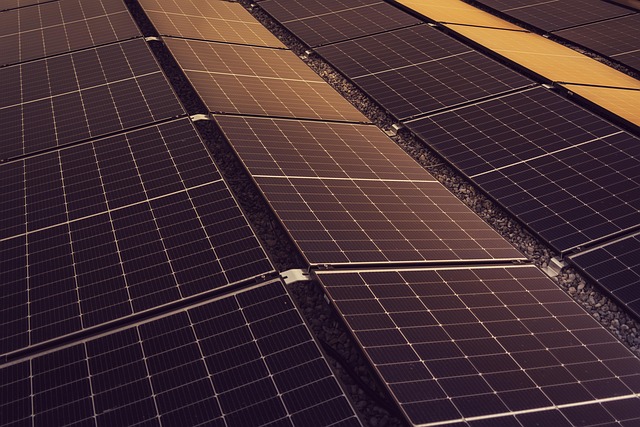Embracing Circular Innovation for a Sustainable Tomorrow
In a world where sustainability isn’t just a choice but a necessity, the concept of circular innovation emerges as a beacon of hope and progress. It offers a transformative approach that aligns efficiency with environmental stewardship, reshaping how we think about development and resource usage.
Rethinking Sustainable Development
Sustainable development has often been about balancing growth with the planet’s capacity to regenerate. However, traditional methods sometimes fall short in addressing the escalating ecological footprint left behind by linear consumption patterns. Circular innovation challenges this by advocating for systems where resources are kept in use for as long as possible, minimizing waste and maximizing value.
Reducing Our Ecological Footprint Through Innovation
Every action we take leaves a mark on the earth, but with the power of circular innovation, that mark can become lighter and more deliberate. By redesigning products and processes to prioritize reuse, recycling, and regeneration, businesses and individuals can significantly reduce their ecological footprint. This shift is not just beneficial for the environment—it also drives new efficiencies and cost savings.
The Role of Green Technologies in Circular Innovation
At the heart of circular innovation lies the development and deployment of green technologies. From renewable energy solutions to biodegradable materials and smart waste management systems, these technologies enable a transition to systems that support continuous resource cycles. Their integration into industrial processes and everyday life embodies how efficiency and ecological responsibility can go hand in hand.
Striving for Carbon Neutrality with Circular Practices
Achieving carbon neutrality is a critical milestone in combating climate change. Circular innovation contributes directly to this goal by reducing emissions throughout product lifecycles—whether through energy-efficient manufacturing, repurposing materials, or extending the life span of goods. This holistic approach ensures that carbon reduction isn’t a sideline effort but central to how development is pursued.
As we stand at the intersection of ecological responsibility and economic growth, circular innovation lights the way forward. By embracing its principles, we can cultivate systems that not only enhance efficiency but also nurture the planet for future generations.




